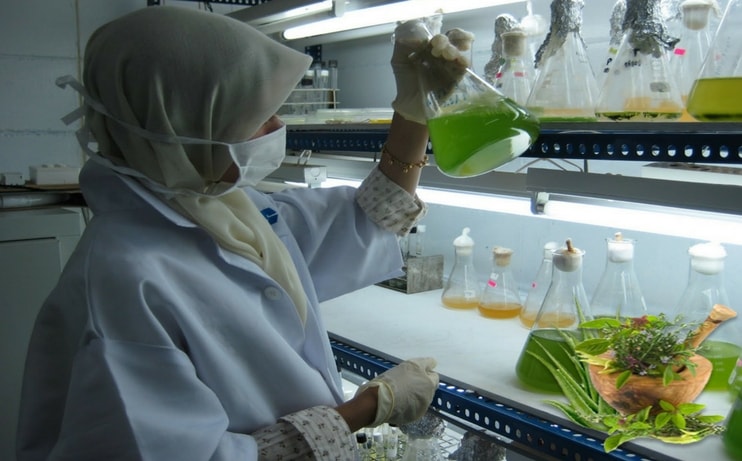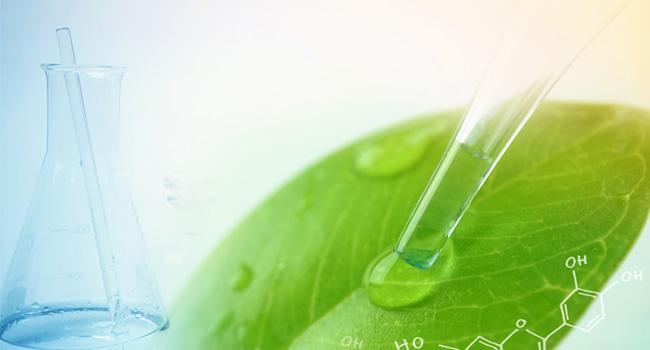

Extraction and isolation of phytoconstituents
Natural medicines were the only option for the prevention and treatment of human diseases for thousands of years. Natural products are important sources for drug development. The amounts of bioactive natural products in natural medicines are always fairly low. Today, it is very crucial to develop effective and selective methods for the extraction and isolation of those bioactive natural products. This paper intends to provide a comprehensive view of a variety of methods used in the extraction and isolation of natural products. This paper also presents the advantage, disadvantage and practical examples of conventional and modern techniques involved in natural products research.
The selection of the solvent is crucial for solvent extraction. Selectivity, solubility, cost and safety should be considered in selection of solvents. Based on the law of similarity and intermiscibility (like dissolves like), solvents with a polarity value near to the polarity of the solute are likely to perform better and vice versa. Alcohols (EtOH and MeOH) are universal solvents in solvent extraction for phytochemical investigation.
Generally, the finer the particle size is, the better result the extraction achieves. The extraction efficiency will be enhanced by the small particle size due to the enhanced penetration of solvents and diffusion of solutes. Too fine particle size, however, will cost the excessive absorption of solute in solid and difficulty in subsequent filtration.
High temperatures increase the solubility and diffusion. Temperatures that too high, however, may cause solvents to be lost, leading to extracts of undesirable impurities and the decomposition of thermo labile components.
The extraction efficiency increases with the increase in extraction duration in a certain time range. Increasing time will not affect the extraction after the equilibrium of the solute is reached inside and outside the solid material.
The greater the solvent-to-solid ratio is, the higher the extraction yield is; however, a solvent-to-solid ratio that is too high will cause excessive extraction solvent and requires a long time for concentration.


